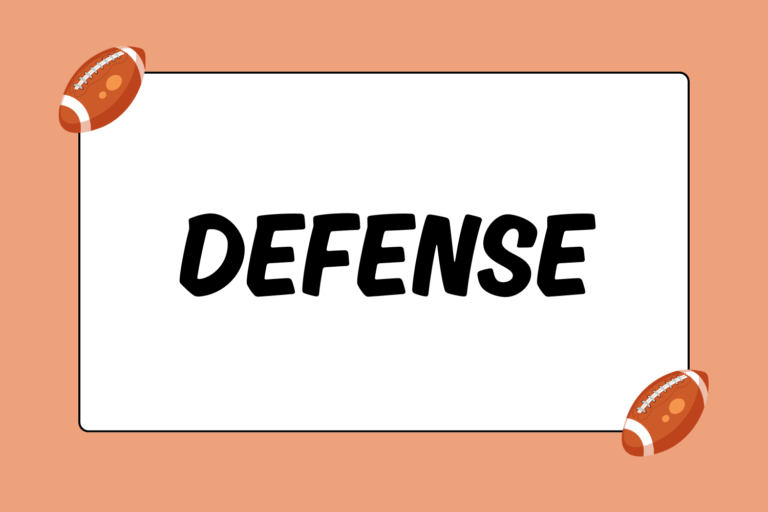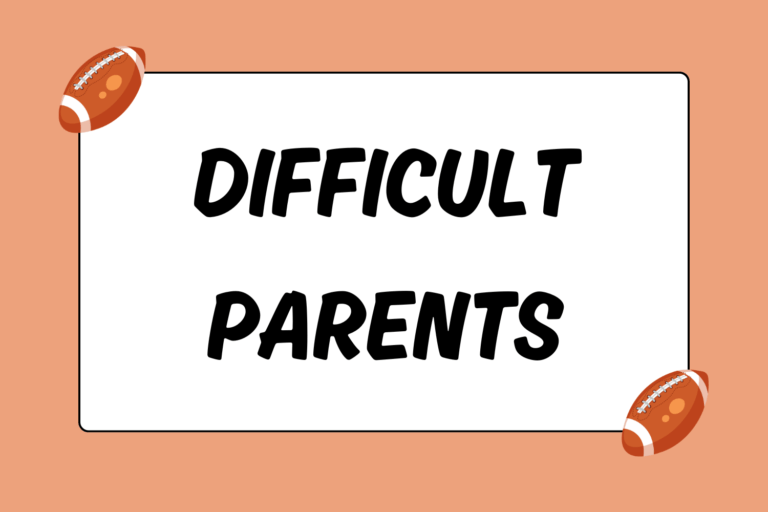American football is enjoyed by millions of people around the world. However, the physical version of football that most fans focus on and watch are only accessible to fans via television, radio, and internet. Fortunately for anyone who simply wants to play football, there is another form of the game that was specifically created to be played by a wide variety of people: Flag football. This guide features an overview of the mechanics behind flag football, and also identifies some common variations of the game.
Playing the Game
Many of the rules and structures in flag football are taken directly from American football — also known as tackle or gridiron football. However, there are several characteristics that distinguish flag football from other versions of the game. Here are a few examples of those unique traits:
- Flag football is played on a smaller field (80 yards long by 51 1/3 yards wide) than most other versions.
- Most leagues only field between five and nine players per team.
- Players are not allowed to wear pads of any kind.
There isn’t a standardized rulebook that every flag football team and league follows. However, a few national and international competitions take place each year in which players and teams from different leagues compete together. In these instances, a specific set of rules is used.
The “Flag” in Flag Football
Of course, the most obvious difference between flag football and all the other versions is also what gives flag football its namesake: The flags. Every player wears flags around their waist, which eliminates the need to tackle opposing players, and greatly reduces the overall level of physicality compared to other versions of the game. As a result, flag football is much safer than other types of football. This increase in safety makes flag football much more accessible to many different types of players, from small children to grown adults in their 40s.
Mental Edge
Using removable flags to replace the tackle is just one of the ways that flag football is safer than other versions of the game. Many leagues also have rules that limit how players can block, which is another contact-heavy aspect of tackle football.
How the Flags Work
All flag football leagues require players to wear a special belt outside of their clothes. Attached to these belts are either two or three strips of material. These strips are the “flags” that give the game its name. There are two different types of flag belts that are used:
- Detachable flags: The flags are specifically made to be easily detached and reattached.
- Releasable belts: The flags are permanently affixed to the belts, but the belt itself is designed to fall off when one of the flags is pulled.
Regardless of which style is used, all flag/belt combinations must be picked from a list of league- approved models.
During a game, removing the flag or belt replaces making a tackle on the ball carrier. Defensive players stop an offensive player from advancing the ball by removing that player’s flag. The ball carrier is “down” at the spot where a defender removed the ball carrier’s belt or flag.
Variations of Flag Football
The most significant characteristic that separates one flag football league from the next is the number of players each team is allowed to field during a game. Some leagues permit only five starting players, while others leagues allow ten players on the field at once. Usually the deciding factor is age; leagues with younger players keep the number low, while adult leagues allow for more players to play at once.
Here are some other factors that vary from league to league:
- Eligibility of linemen: In some leagues, the linemen are ineligible receivers and cannot catch passes. Eligible linemen are usually seen in leagues that require teams to field fewer players.
- Blocking rules: Some leagues allow full-contact blocking, while others require blockers to keep their hands behind their backs, using only the chest and mid-section to block. Occasionally, some leagues disallow blocking altogether.
- Downfield action: Some leagues allow blocking, but have restrictions on where blocking is permitted to happen. In other words, just because the linemen can block other players doesn’t mean a receiver can block a defender down the field. Likewise, the ball carrier may not be allowed to push defenders away.
Because so many rule variations exist, it’s important to understand that guidelines and style of play can vary from league to league
What’s in a Name?
Flag football is sometimes seen as a lesser form of football, mostly because of its lack of physical play. However, restrictions on physicality make it easier for many different people to play flag football. If nothing else, flag football is a great way to get in a solid cardio workout while still playing and enjoying the game of football.





